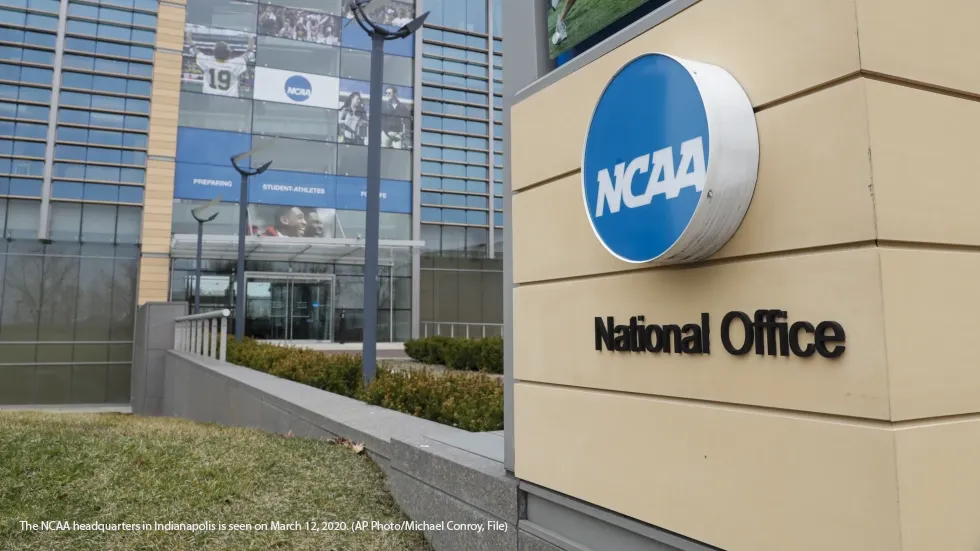The recent House v. NCAA settlement, changes in college athletics, particularly the introduction of Name, Image, and Likeness (NIL) rights, the transfer portal, and now direct revenue sharing, have brought significant benefits to student-athletes. But they also introduce several challenges and potential harms to the broader landscape of college sports.
Key Ways These Changes Hurt College Athletics
1. Competitive Imbalance and Loss of Parity
- Wealthier programs with larger athletic budgets and more lucrative NIL opportunities can now attract and retain top talent, widening the gap between Power Five schools and smaller programs. This financial disparity makes it increasingly difficult for mid-major and lower-tier schools to compete, eroding the “Cinderella stories” that have defined events like March Madness [7][5].
- As a result, tournaments are seeing more predictable outcomes, with powerhouse schools dominating while underdogs struggle to keep up due to limited resources [7][5].
2. Roster Limits and Reduced Opportunities
- The House v. NCAA settlement introduces hard roster caps for each sport (e.g., FBS football will be limited to 105 players), replacing previous scholarship limits [3][9]. While more athletes may receive full scholarships, the overall number of roster spots will shrink, especially in sports where teams previously carried large numbers of walk-ons or partial-scholarship athletes [3][9].
- This means fewer opportunities for athletes to participate in college sports, particularly impacting non-scholarship players and those in equivalency sports like rowing or swimming [3][2].
3. Disruption of Team Cohesion and Dynamics
- NIL and the transfer portal have led to increased player movement, with athletes transferring more frequently in pursuit of better financial deals or playing opportunities [4][5]. This constant turnover disrupts team chemistry, continuity, and the traditional development of athletes within a program [4][5].
- Disparities in NIL earnings within teams can foster jealousy or resentment, undermining unity and the collective commitment to team goals [4][6].
4. Financial and Administrative Strain
- Schools are now under pressure to allocate significant resources toward athlete compensation, NIL collectives, and compliance, which can strain budgets—especially for smaller programs [5][8]. Some schools have introduced ticket surcharges or new fundraising mechanisms just to keep up [5].
- The administrative burden of managing NIL deals, revenue sharing, and increased player movement adds complexity and costs for athletic departments [5][6].
5. Threats to Academic and Educational Mission
- Frequent transfers can disrupt athletes’ academic progress, with many losing a significant portion of their credits when moving between institutions [5]. The focus on maximizing athletic and financial opportunities may come at the expense of educational outcomes [5][6].
6. Title IX and Gender Equity Concerns
- There are unresolved questions about how revenue sharing and NIL will impact gender equity in college sports. If revenue is not distributed equitably, women’s sports could face cuts or receive a smaller share of benefits, raising Title IX compliance issues [2][3].
Summary Table
| Challenge | Description |
|---|---|
| Competitive Imbalance | Richer programs dominate, underdogs struggle to compete |
| Reduced Opportunities | Roster caps mean fewer athletes can participate, especially walk-ons |
| Team Cohesion Disruption | Frequent transfers and NIL disparities hurt team unity |
| Financial/Administrative Strain | Increased costs and complexity for athletic departments |
| Academic Disruption | Transfers can harm athletes’ academic progress |
| Gender Equity Concerns | Potential for unequal revenue/NIL distribution, risking Title IX violations |
In summary:
While NIL and revenue sharing empower student-athletes financially and professionally, they also threaten the traditional balance, inclusivity, and educational mission of college athletics. The landscape is shifting toward a model where financial muscle, rather than development and parity, increasingly determines success—potentially undermining the spirit that has long defined college sports [7][3][5].
Sources:
- The House v. NCAA settlement is officially approved. What does it mean for Duke and college sports? https://www.dukechronicle.com/article/2025/06/duke-athletics-house-v-ncaa-settlement-approved-judge-wilken-revenue-sharing-commission-deloitte-nil-durham-devils-club
- Halftime analysis of NIL in 2025: Key legal developments in college … https://www.dailyjournal.com/mcle/1690-halftime-analysis-of-nil-in-2025-key-legal-developments-in-college-athletics
- College Athletics Enters Revenue-Sharing Era As Judge Approves House Settlement https://www.si.com/college-football/college-athletics-enters-revenue-sharing-era-judge-approves-house-settlement
- How Has NIL Changed College Sports Like College Football? https://www.apu.apus.edu/area-of-study/nursing-and-health-sciences/resources/how-has-nil-changed-college-sports-like-college-football/
- Transfer Portal Pros and Cons | The Wild West of College Sports https://sportsepreneur.com/transfer-portal-pros-and-cons-college-sports/
- Changes for nil student athletes | Sports Medicine News | AOSSM https://www.sportsmed.org/membership/sports-medicine-update/spring-2025/take-care-of-the-student-athlete-in-the-era-of-the-transfer-portal-and-name-image-and-likeness-nil
- The Growing Concerns of College Basketball Athletes Making Money https://brie.hunter.cuny.edu/hunterathenian/2025/05/the-growing-concerns-of-athletes-making-money-around-college-basketball/
- Revenue sharing is finally on its way to college sports. But … – Scout https://www.scoutftw.com/blog/revenue-sharing-and-what-student-athletes-can-do
- COLUMN: A Student-Athlete’s Perspective on NIL and Other NCAA … https://www.the562.org/2025/02/26/column-a-student-athletes-perspective-on-nil-and-other-ncaa-changes/
